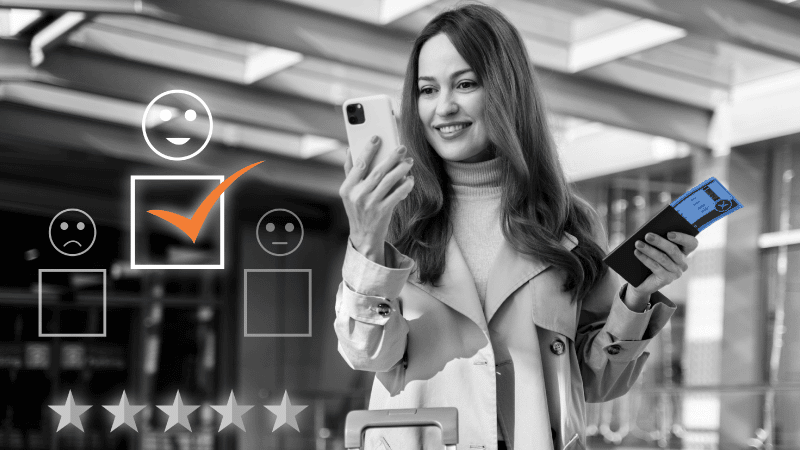Millennials, a cohort of over 1.8 billion people, account for a quarter of the world’s population and have a combined spending power of $2.5 trillion. By 2025, they will comprise three-quarters of the global workforce. As the first generation of digital natives, millennials’ affinity for technology not only shapes the way they shop but also how they communicate with businesses – 60% communicate via texts. Clearly, brands must proactively cater to the preferences of this increasingly important and discerning customer segment with significant spending power. The alternative: risk eroding brand loyalty and market share.
Millennials and their technology aspirations
To understand why millennials prefer chatbots, it’s important to recognize how they differ from the generations before them. Millennials are more educated and tech-savvy as compared to their parents and grandparents. They often turn to the internet for answers and document their life on social media. 93% own smartphones and almost all of them use the internet. Insights from Visa research show that “Millennials are an outward-looking, aspirational population – who value easy, immediate access to the brands that make them happy”. It’s easy to see why using chatbots to communicate with businesses, instead of human support, comes naturally to them.
Millennials and chatbots – a marriage made in heaven
The behavioral traits of millennials and the customer experience promise of a well-designed chatbot are a perfect match. Here’s why.
Millennials expect businesses to anticipate their needs and provide instant gratification: Thanks to customer analytics, a chatbot “knows” about its millennial customers’ needs, without them having to painstakingly enunciate it. For example, a chatbot saying, “Ms. Brown, your car insurance will expire in 35 days, would you like to renew it,” is proactive service in anticipation of the customer’s immediate needs. A chatbot is also available to interact with Ms. Brown whenever she chooses – even at 2:00 a.m. on a Sunday.
Millennials are digitally savvy and provide positive reviews when they receive superior service: Millennials view brands with a superior chatbots experience as advanced and prefer to associate with these brands. They are also happy to generously spread the word when a business impresses them with their service. For example, Ms. Brown will not shy away from telling her friends, “My insurance company is really cool.”
Millennials prefer texting to talking: Millennials prefer not to talk on the phone – as phone calls are perceived to be disruptive while text messages can be viewed at the recipient’s leisure. They prefer a casual and conversational communication style when it comes to interacting with businesses and chatbots fit the bill perfectly. Research shows messaging apps overtaking social networking in terms of adoption and usage.
Millennials are looking for experiences: A well-designed chatbot can offer more than transactional support, do it consistently, and make the experience memorable through contextual service. For example, “Ms. Brown, thank you for renewing your car insurance with us. I see that you are about to purchase a home, would you be interested in hearing about the home insurance options we offer?”
Chatbots are here to stay. Do you have a strategy?
Today, the customer experience provided by most brands is out of sync with the preferences and aspirations of millennials. According to the 2018 State of Chatbots Report, the most common frustrations reported by consumers included hard to navigate websites (34%), inability to get answers to simple questions (31%), and difficulty in finding essential details about a business (28%). These are all lost opportunities for a brand.
Forward-thinking brands have been quick to spot this opportunity and are changing the game by deploying chatbots. WhatsApp-enabled chatbots, for instance, are helping e-commerce companies engage with customers more efficiently. These initiatives are delivering up to 70X increase in monthly chat sessions and low single-digit shopping cart abandonment rates. Not to be outdone, telecom operators are deploying chatbots to interact with customers, reducing the workload in their call centers and physical stores while elevating the customer experience.
The writing on the wall is clear. Brands with a well-planned chatbot strategy will be better positioned to deliver a delightful, contextual online experience to millennial consumers, dominating their mind and wallet share.
Check out our blog ‘Embarking on a chatbot journey: The why, where and how’ to learn more about chatbots.
Sources: Firstsource customer interviews and desk research, including World Economic Forum, Pew Research, Forbes, Wall Street Journal, Wikipedia, Visa, 2018 State of Chatbots Report.










